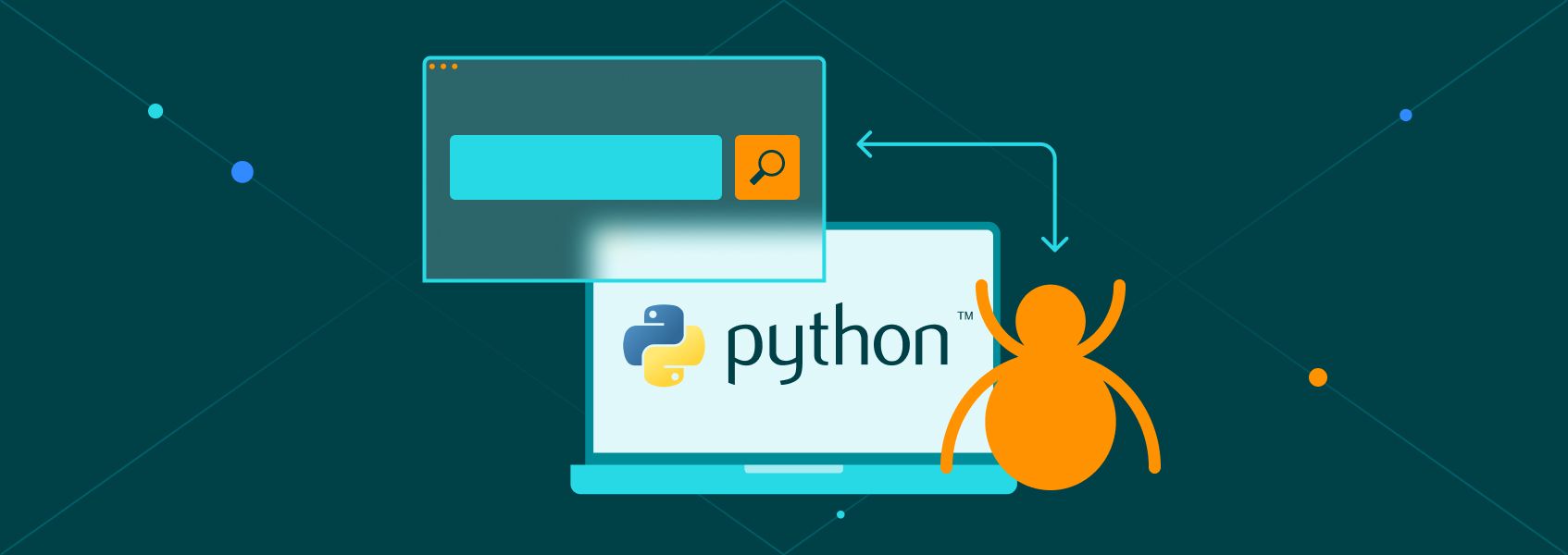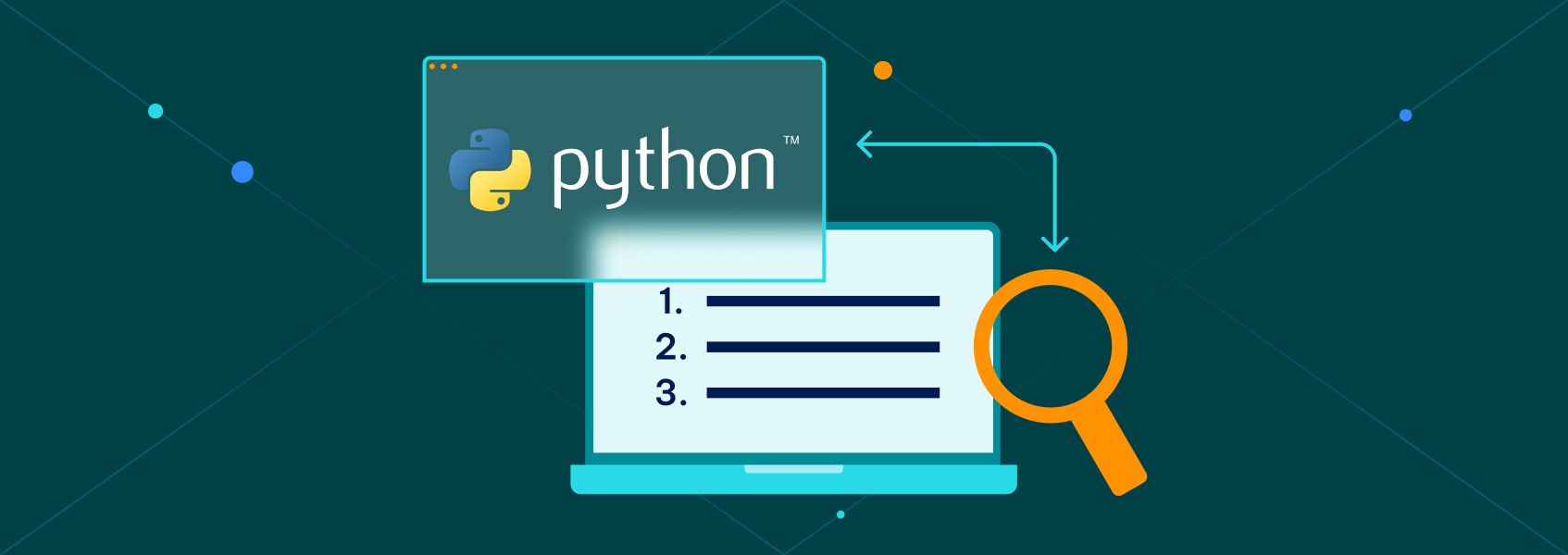How to Convert a Python String to JSON (Beginner’s Guide)
Python

Justas Vitaitis
Key Takeaways
-
Use `json.loads()` from the JSON module to convert a JSON string into a Python object (like a Python dictionary).
-
Use `json.dumps()` to serialize a Python object into a JSON string.
-
Ensure proper quoting, escaping, and consistent use of nested objects to avoid errors.
Before you start dealing with APIs or building web applications, learning how to efficiently work with JSON is essential. If you’re just starting out, converting a Python object to a JSON string may seem confusing, but we’re here to clear your doubts.
After reading this, you will understand how the JSON module makes handling JSON data easy and how to avoid common mistakes along the way.
What Is JSON and Where Is It Used?
JSON, short for JavaScript Object Notation, is a simple data format that stores information. This data structure is very common, and you’ll see JSON data being used in:
- APIs behind most of the apps that you use daily.
- Web application configuration files.
- Data exchange between front-end and back-end in a web application.
- Logging messages using JSON data structure.
In short, JSON is a highly readable and structured data format that allows working with data in a clean and structured way. JSON objects usually map directly to a Python dictionary, which makes parsing a straightforward process.
JSON object structures are ideal for APIs, config files, and more use cases due to how easily they integrate into most codebases and programming languages.
Turning a Python String Into JSON
To convert a Python object like a Python dictionary into a JSON string, you need to use the json.dumps() method from Python’s JSON module. This process is called serialization.
It takes your Python object and transforms it into a text-based JSON string that looks just like a JSON object. Here’s a clear example:
import json
user_data = {
"username": "sam_green",
"active": False,
"roles": ["viewer"]
}
json_output = json.dumps(user_data)
print(json_output)
Here’s what’s happening in this code:
- You import the JSON module.
- You define a Python dictionary with multiple key-value pairs.
json.dumps(user_data)converts the Python object into a JSON string.- You print the result.
The output should look like this:
{"username": "sam_green", "active": false, "roles": ["viewer"]}
This JSON object is now ready to be transmitted over a network or stored for later use. If you’re sending it over an API, the receiving system expects a properly structured JSON object, so formatting matters a lot.
Notice how Python’s False becomes false. That’s because the JSON string must follow the JSON format rules. This is useful when sending JSON data to a web application or saving it in a config file.
Reversing the Process - JSON to String
Reversing is just as easy. If you have a JSON string and want to turn it back into a usable Python object, use json.loads(). This method is part of the same module. Here’s a quick example of working with a JSON string in Python :
import json
json_string = '{"id": 101, "status": "active", "tags": ["urgent", "internal"]}'
ticket_info = json.loads(json_string)
print(ticket_info)
Here’s what’s happening:
- You import the module from the standard library.
- You create a valid JSON string that mimics a typical JSON object.
- You use json.loads() to parse it into a Python dictionary.
- You print it to see your Python object.
The output will look like this:
{'id': 101, 'status': 'active', 'tags': ['urgent', 'internal']}
The JSON data is now converted into a Python expression, which is easy to access and work with inside your web application or script.
Common Mistakes and How to Fix Them
Beginners often stumble when parsing JSON data. Here are some usual issues and fixes.
1. Using Single Quotes in JSON
Wrong:
json_string = "{'key': 'value'}" # single quotes make invalid json string
To fix it, use double quotes for keys and values:
json_string = '{"key": "value"}'
2. Forgetting Escape Characters
Wrong, since it breaks the JSON string:
json_string = '{"quote": "He said "Hello""}'
To fix it, escape the inner quotes:
json_string = '{"quote": "He said \"Hello\""}'
3. Creating a Python Object Incorrectly
If you define a Python expression or object incorrectly, json.dumps() will fail. For example:
import json
from datetime import datetime
obj = {"created_at": datetime.now()}
json.dumps(obj) # Raises TypeError: Object of type datetime is not JSON serializable
To fix it, make sure every key is paired with a valid Python expression or value.
4. Mixing Data Types
All nested objects or multiple key-value pairs should be valid. Make sure lists and dictionaries nest properly. A malformed JSON object can break your app or API call, so always validate your structure before sending or parsing it.
Conclusion
Now you know how to use the JSON module to convert between JSON strings and Python objects. We covered nested objects, multiple key-value pairs, and common mistakes that will help you avoid them.
If you have the necessary tools and basic knowledge of how things work, you are more than ready to begin building what it is you’re building. And if you stumble upon needing to convert strings to JSON, you will know what to do.


